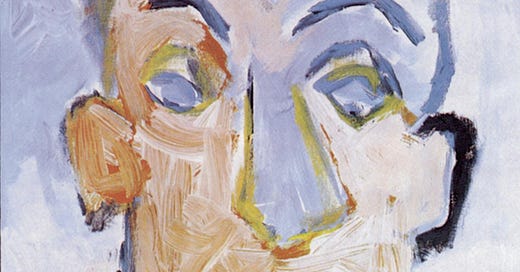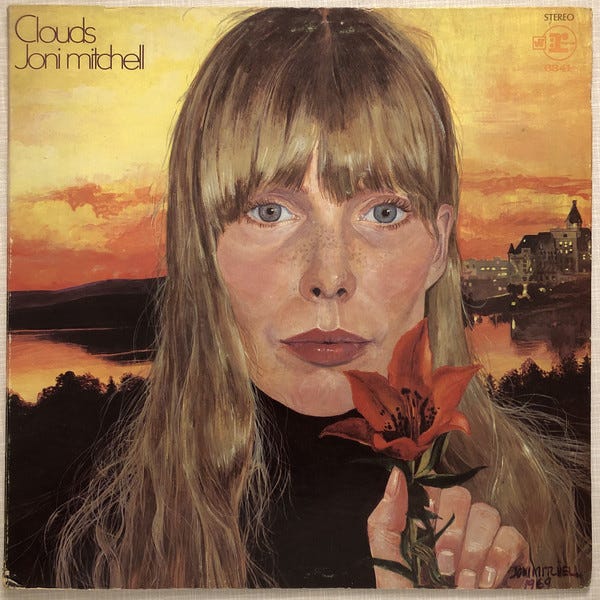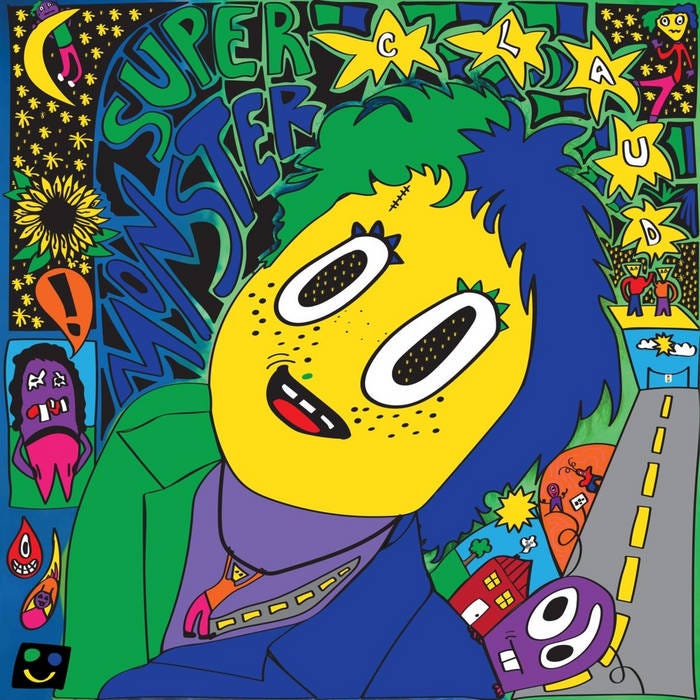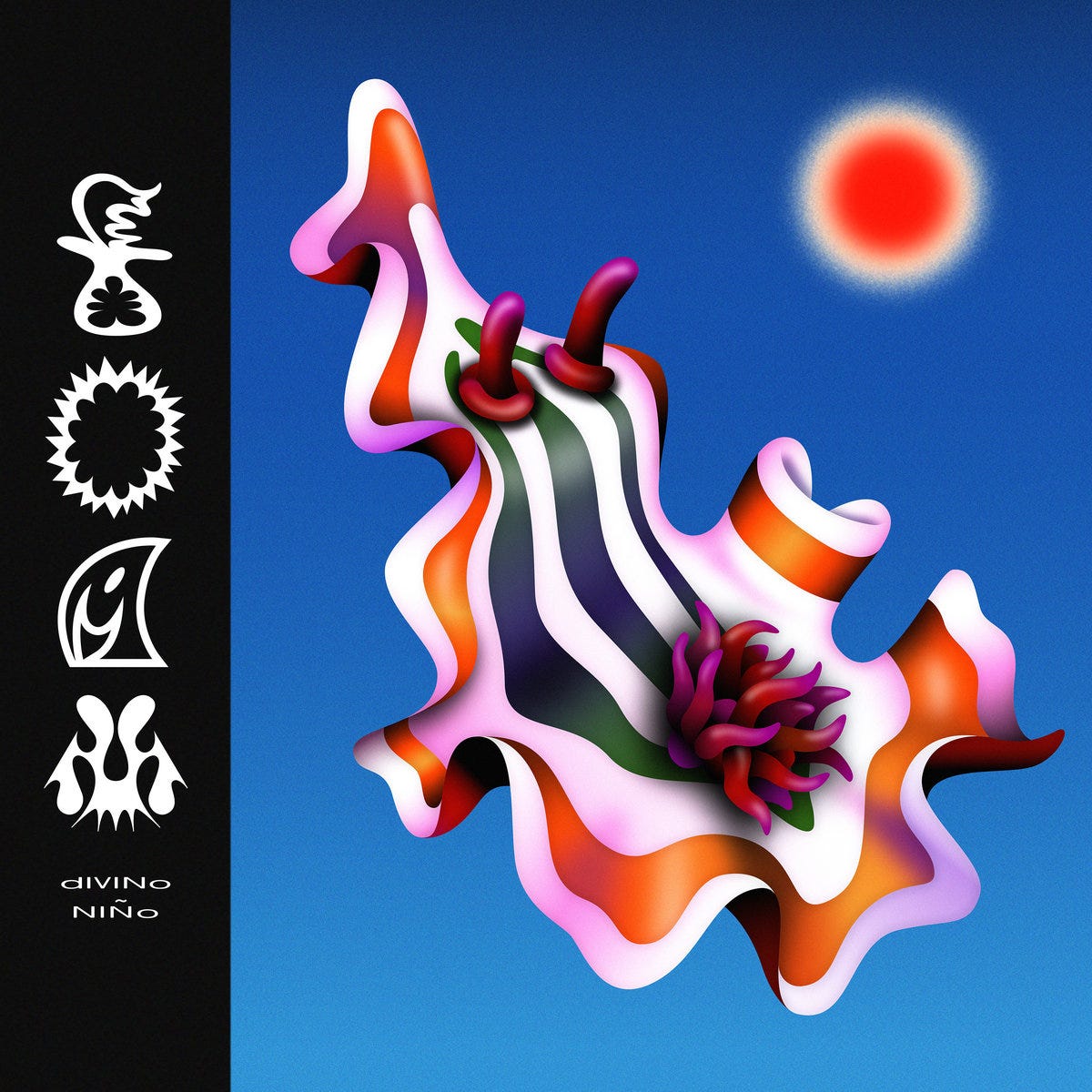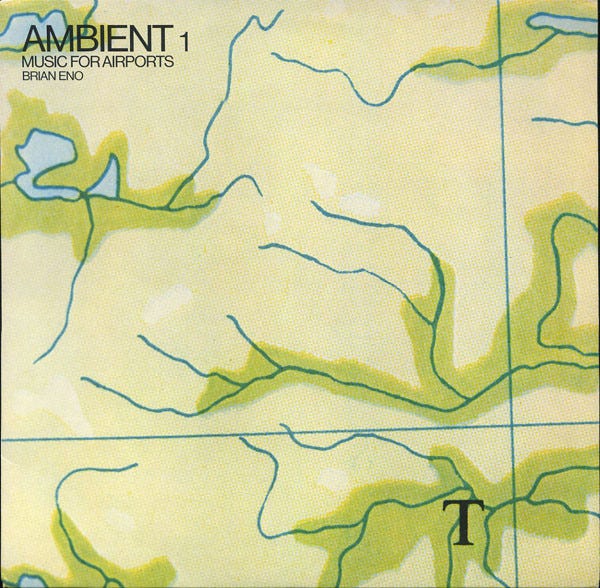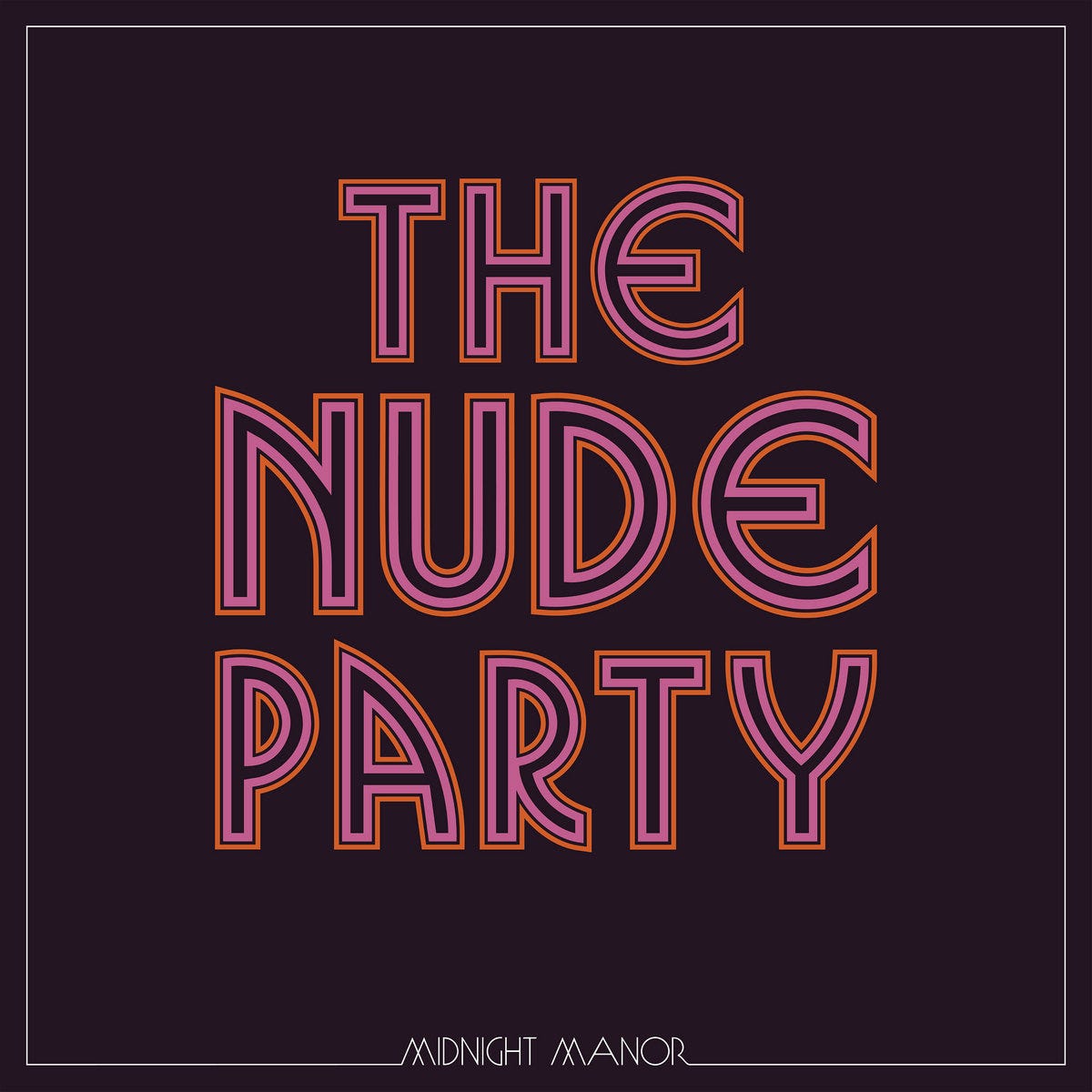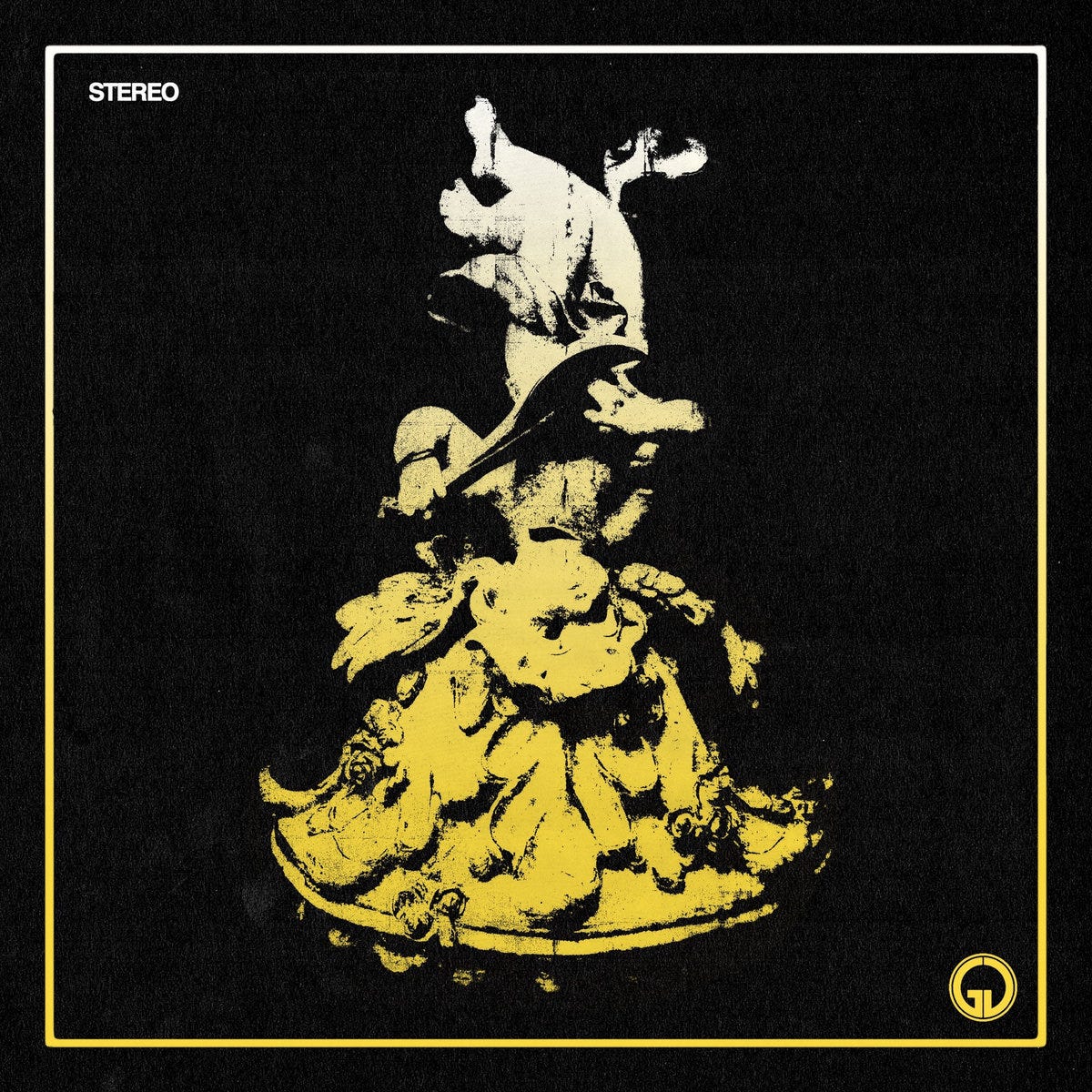Album Covers Created by Musicians Themselves
Exploring the work of our favorite artists beyond their sonic talents
Many musicians aren’t just limited to the scope of their sonic talents. From David Bowie to Patti Smith to Miles Davis, musicians have expressed themselves through a multitude of different arts, from acting to writing to painting to, yes, the album cover. Musicians first began to design their own album art in the late 1960s when the freedom to express oneself was on-trend.
According to his gallery, Bob Dylan dates his beginnings as a visual artist back to the 1960s, the same time his music was introduced to the world. It wasn’t until after he had changed the landscape of folk music, that his visual art garnered attention, first on the cover of The Band’s debut album Music From Big Pink and his 1970 album Self Portrait (a very appropriate cover).
Joni Mitchell’s artistic talent is almost synonymous with her musical one. Her own brushwork graces the cover of her debut album Song to a Seagull, and before Dylan, painted her own self-portrait on Clouds in 1969. From painting to photography, design, and art direction, Mitchell is visually credited on 21 out of her 25 albums, specifically painting 15 of those covers.
John Lennon incorporated art from his childhood onto the cover of his 1974 studio album, Walls and Bridges. He also collaged the cover of 1973’s Mind Games, and photographed the controversial cover for his and Yoko’s Unfinished Music No. 1. Two Virgins. Yoko was also a key collaborator in designing album covers, including 1971’s Imagine in which she art directed, photographed, and designed the album artwork, and John’s first posthumous album, Milk and Honey, which she art directed. The couple also co-collaborated on the art direction and design of many other albums including John Lennon/ Plastic Ono Band, Unfinished Music No. 2: Life With The Lions, Some Time In New York City, and Double Fantasy.
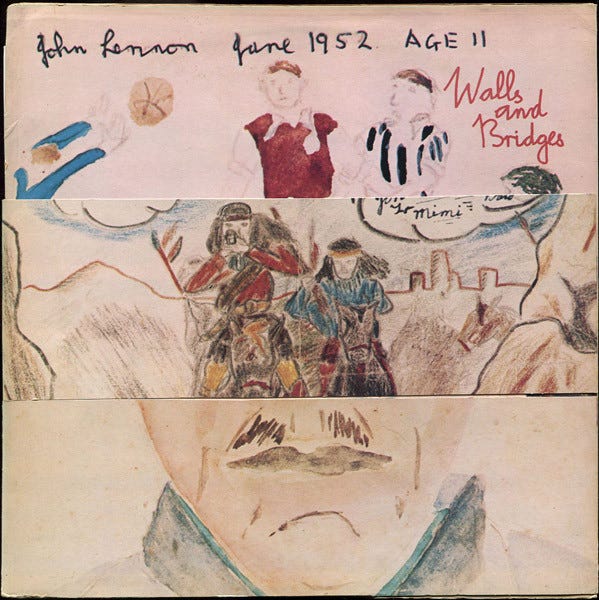
David Byrne, Chris Frantz, and Tina Weymouth, three out of the four Talking Head members, met at the Rhode Island School of Design where they attended college. As the dubbed “art-funk” band of the 80s, having a hand in their visual appearance coincided with their quirky sound. David designed their debut album, Talking Heads: 77, 1984’s Stop Making Sense and art directed More Songs About Buildings And Food, which is made up of 529 polaroids. Keyboardist Jerry Harrison designed Fear of Music. While not explicitly noted, Chris and Tina had a hand in designing the cover of Remain in Light, which is one of the first digitally made album covers. The art was created at MIT in their Architecture Machine Group lab where they were creating software for the US Defense Department. Since the lab didn’t want the government to know they were creating art on their dime, all the technicians are credited as their initials, along with Chris and Tina as C/T.

Daniel Johnston’s art, whether musical or visual, is embued with emotion and soft intensity. Before Johnston began releasing music, he expressed himself and his battles through his playful linework and drawings. Two of his most famous drawings also coincide with his two most well-known albums; the collaboration of his passions only further enhancing the other.
When indie artist Claud was finishing their debut album Super Monster at Electric Lady Studios, they came across a sketch in which Johnston had scrawled “Claud The Super Monster”. His drawing gave Claud not only the name of their album but also the inspiration to create their cover. Claud later wrote on Instagram, “…the cover is a self-portrait, where you can see the Frankenstein scar on my forehead I got when I was 4, my smile lines, my pimples, freckles, beauty mark. You can see the world in my head and the characters around me trying to climb the moon and dance across the stars.”
In recent years, it has been mainly up-coming artists, more so than Grammy-nominated mainstream artists, who have been creating their own album artwork. Maybe it’s due to the DIY nature of it all, and the importance of creating something close to the heart, that gets lost at the top of the chain. Below are a few other musicians, new and old, who have also created their own artwork. Comment below to continue the long list of artists.
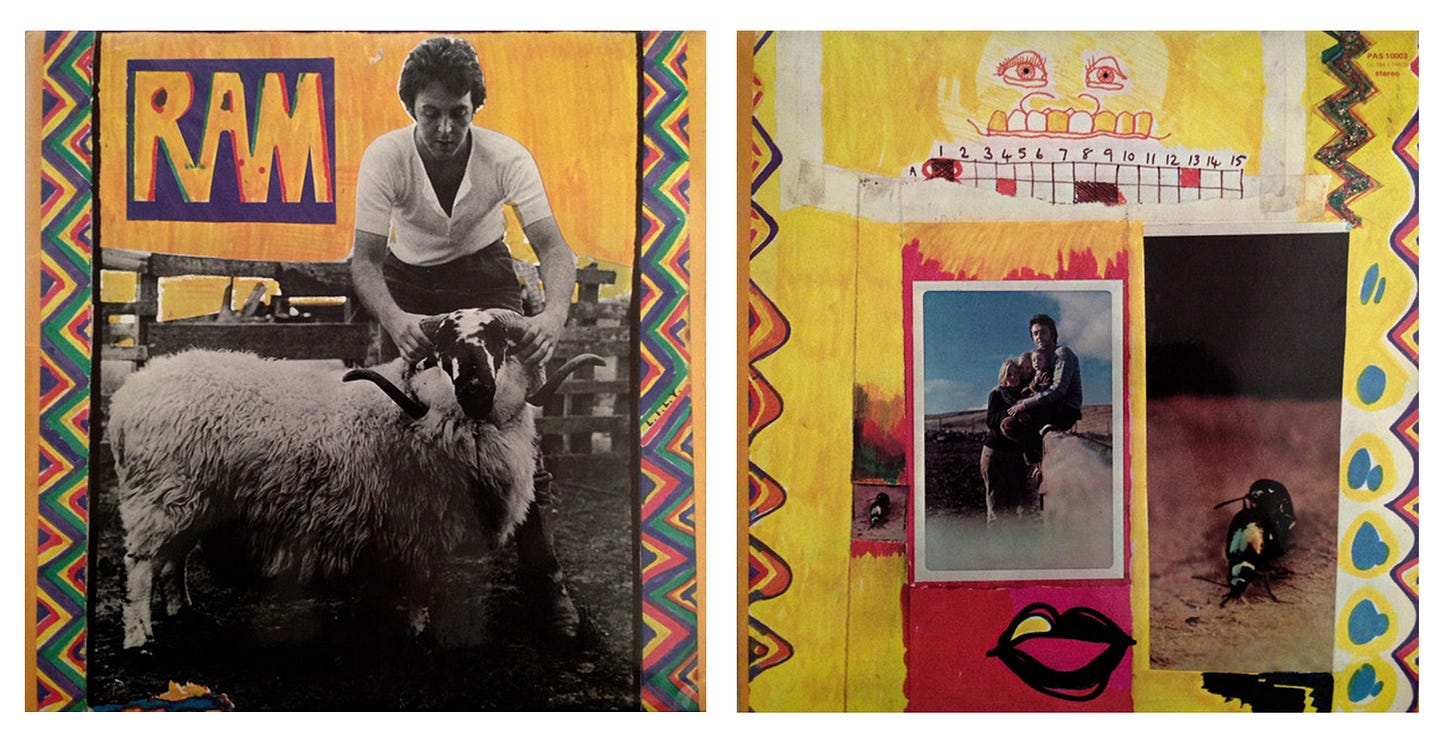
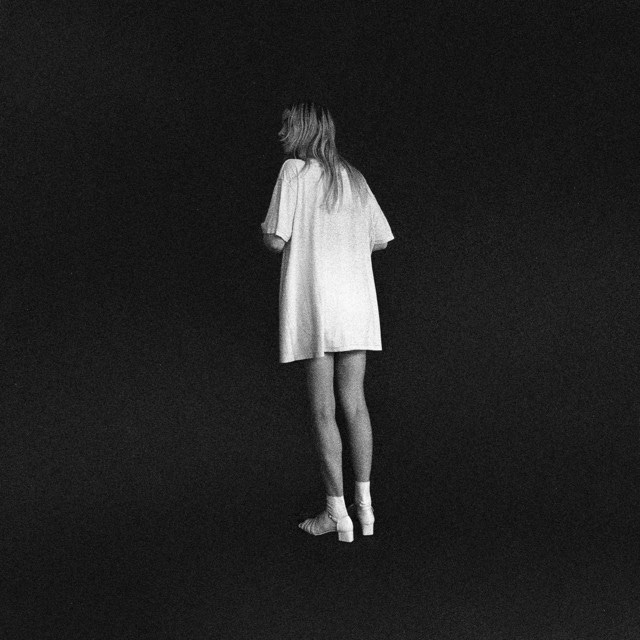
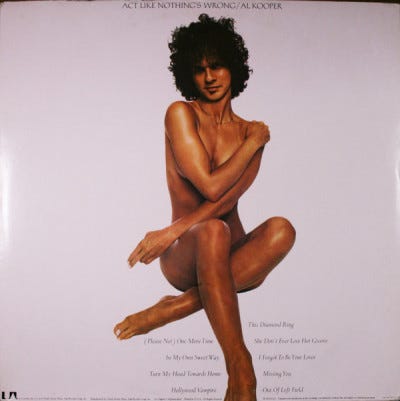
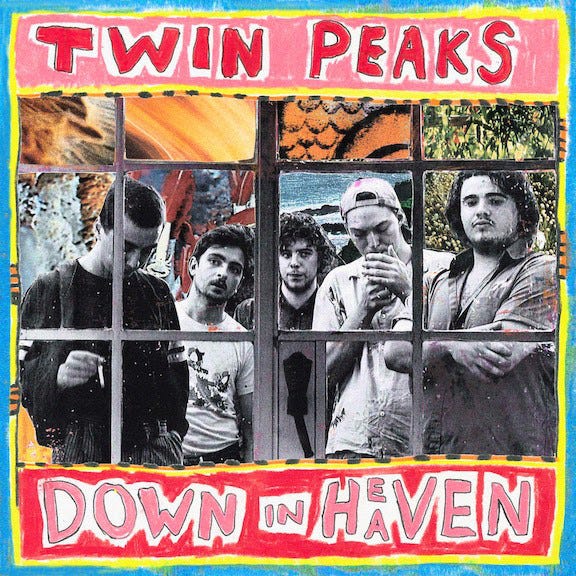

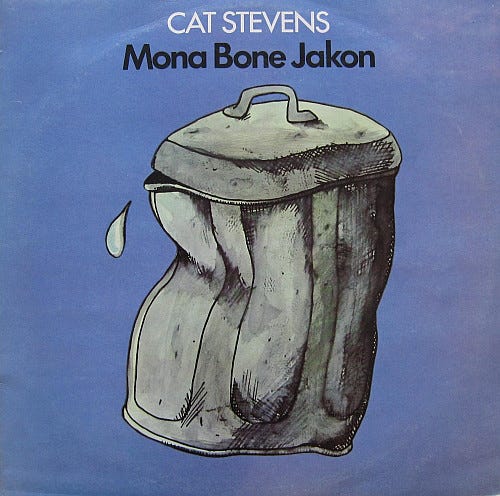
I’m looking for The Art of Cover Art to be a free educational and inspirational source since there is little documentation on the art history of album art. But, if you have $5/ month to spare, it would be super helpful in furthering my research. Or if you think a friend might enjoy this newsletter, the best way to pay it forward is by sharing!

